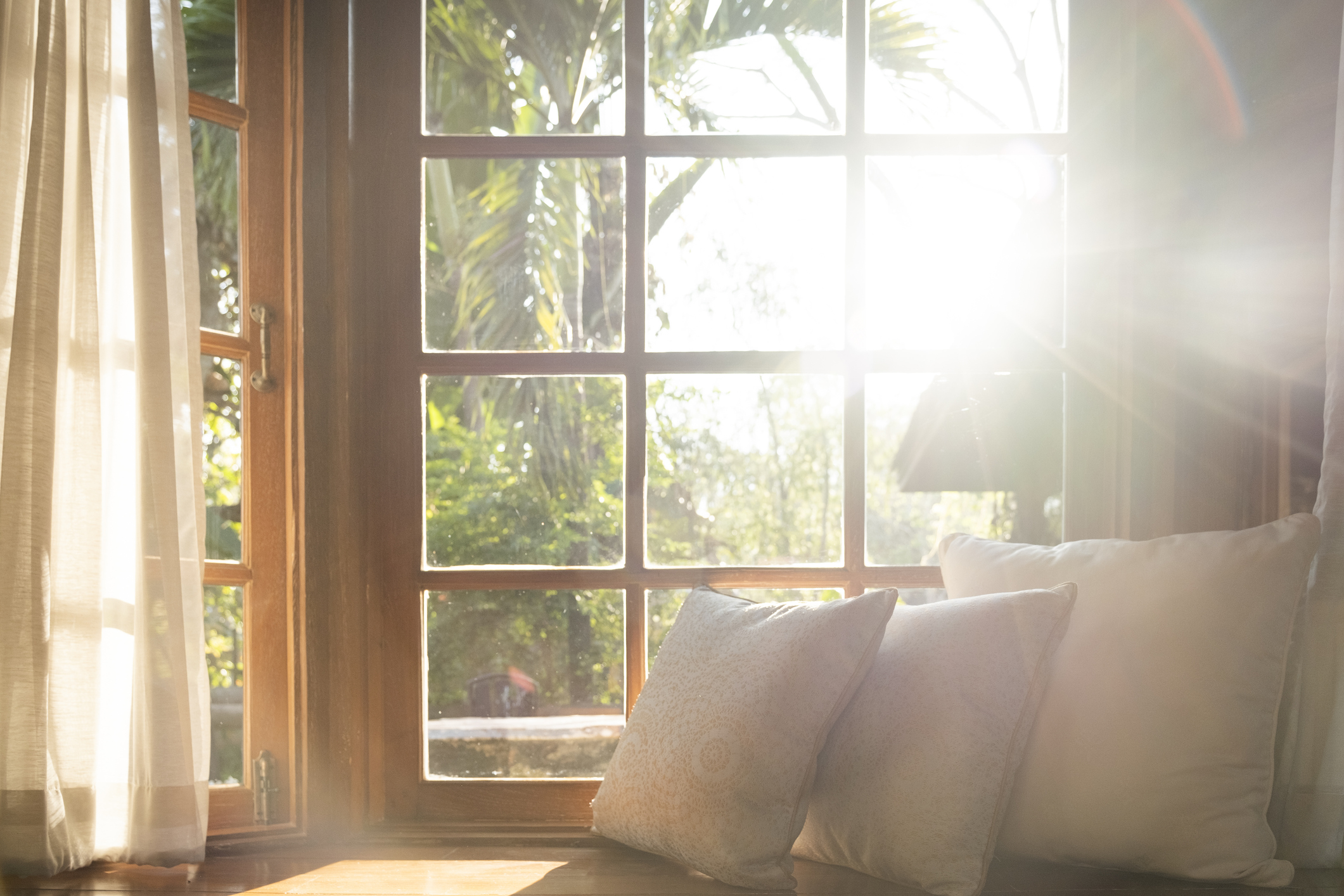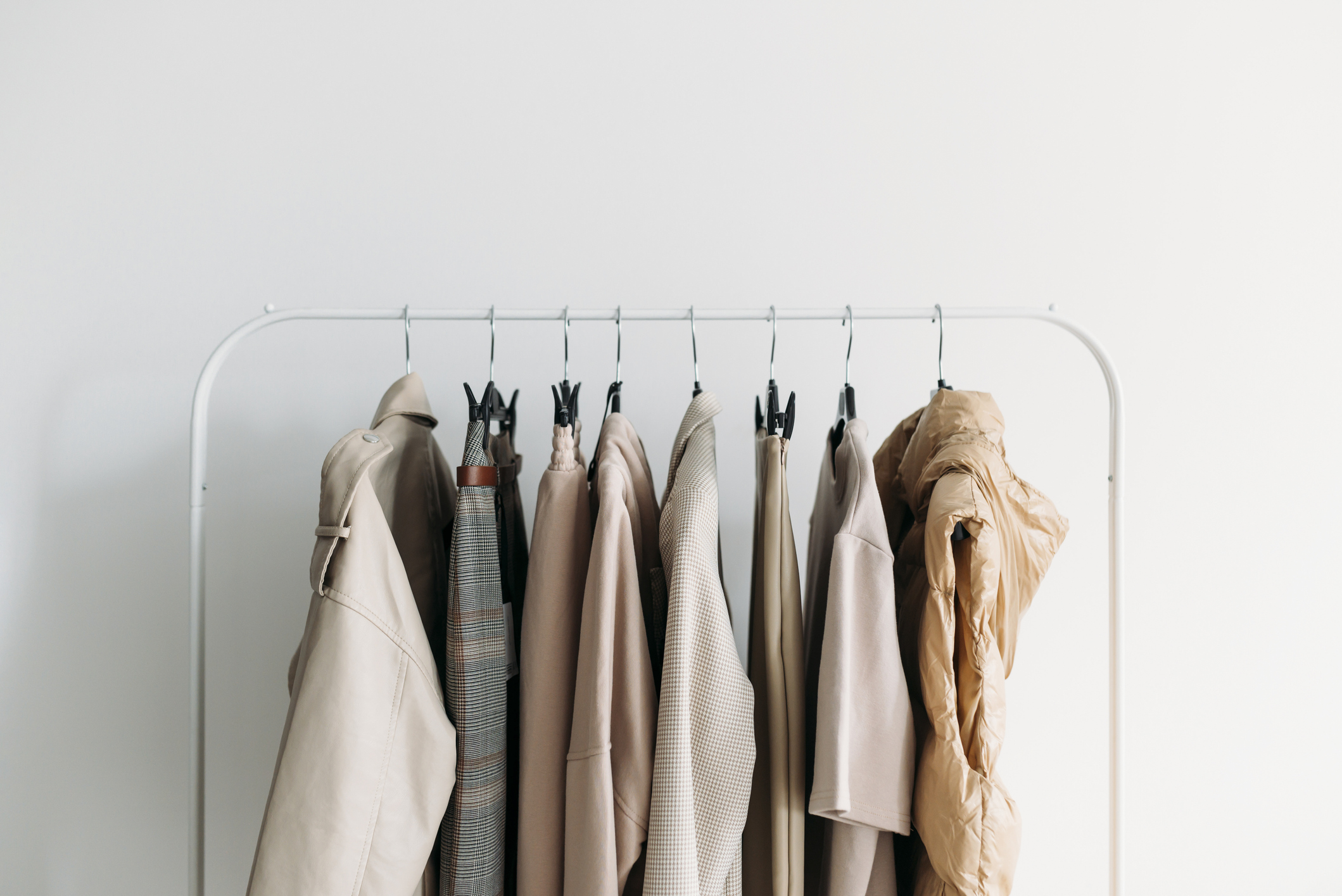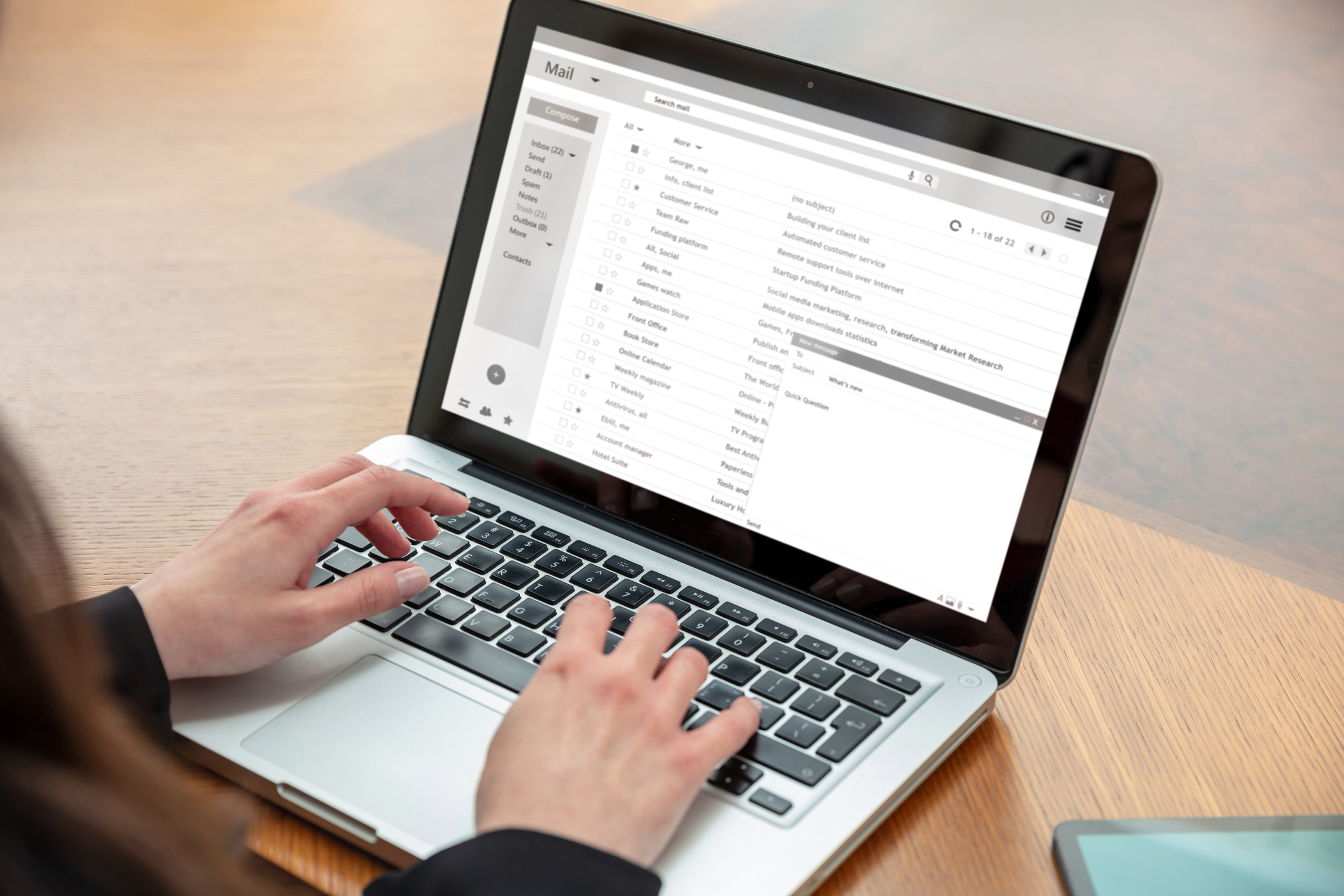It’s no secret that life in today’s society is pretty hectic. Owning a large home with tons of stuff is a luxury, but it comes with tons of responsibilities and bills to pay, plus the need to hold down a time and energy-consuming job to afford it all. Sure enough, keeping up with this lifestyle quickly becomes a job in itself— and a cycle that’s difficult to break.
This exhaustion with modern life can be a major reason why people are interested in learning how to live minimally. Simply put: Living simpler removes some of this everyday stress by pushing against the constant chase for “more.” But how does one achieve a minimalist mentality? Is it possible (or even feasible) to change your lifestyle to minimalist overnight?
In this comprehensive guide, we’ll break down the idea of minimalist living and how you can try incorporating this outlook into your life in a way that’s actually helpful and manageable. (Read: without having to give up all of your physical possessions!)

Related: How to Declutter On a Budget: 5 Essential Decluttering Tips to Save Money
What is Minimalism?
As we move through our lives, it’s hard not to naturally crave more: More room, more money, more time. But what if you could create more for yourself and your family by doing the opposite and using less?
This is the basic premise of the popular movement toward minimalism. Minimalism is a life philosophy based on the understanding that anything unnecessary should be eliminated. Instead of focusing on “stuff” — meaningless possessions and gratuitous tasks, for example — a minimalist strives for a simpler, less cluttered life.
One thing that many people may not know: Minimalism began as a style of art! In these early stages of developing minimalism as an art form, artists simply removed any unnecessary elements in a piece to allow the essential elements to take center stage. Years later, the minimalist mentality mirrors exactly this when it’s put into practice as a life philosophy. By getting rid of the things that matter little in life, we are left with the things that matter most.
But do you have to give up all of your possessions to live a simpler lifestyle? Not necessarily. That you have to throw away all your belongings to truly be free and happy is a common misconception of minimalism. Living minimally is actually much easier than that.
What Does it Mean to Be a Minimalist?
Many people are overwhelmed by the thought of adopting a minimalist lifestyle or mentality. But in reality, a minimalist is simply a person who upholds the general philosophy of minimalism.
Leo Babauta, the author of Zen Habits, defines minimalism: “It’s simply getting rid of things you do not use or need, leaving an uncluttered, simple environment and an uncluttered, simple life. It’s living without an obsession with material things or an obsession with doing everything and doing too much. It’s using simple tools, having a simple wardrobe, carrying little, and living lightly.”
In other words: Minimalism in practice will look different for everyone. So long as you make an effort to declutter your mentality and your physical environment.
Related: How to Let Go of Stuff With Sentimental Value
A Minimalist Approach to Home Organization
When you move into a new house or apartment, it is a common notion that you need to immediately furnish, decorate, and fill it to the brim with stuff to make that house a home. On paper, this thought process isn’t so bad— adding personal elements to your home can create a cozy and welcoming living space you enjoy spending time in.
It is important to realize that whenever you have more (or too much) of something, the need to declutter and organize it all will quickly follow. This extends to your physical space, mind, calendar, and daily to-do list. When you live minimally, these things will require less frequent decluttering because you are already living simply. The concept of minimalism will make your home easier to clean, your time easier to manage, and (hopefully) your life easier to live.
Remember: the theory of minimalism is not that you are living without; you are living with better.
Minimalist Living Tips for a More Simplified Home
Interested in learning more about the minimalist lifestyle? Whether you’re ready to dive headfirst into minimalism or just need some tips on how to keep your house decluttered more regularly, here are some of the best minimalist living tips you can try ASAP:
1. Always choose quality over quantity
Have you recently moved into a new home? As you create the house or apartment of your dreams, don’t worry about filling every room right away. Especially if you’re moving on a budget, it’s tempting to furnish your space with cheap dupes of your favorite furniture, home appliances, and storage pieces. Instead, focus on finding high-quality pieces that you love. They might be more expensive, and it may take a bit of time to nail down exactly what you need, but treating these purchases as an investment rather than a quick fix will help ensure that every item in your home is valuable and intentional.
Pro tip: Check Facebook Marketplace or your local thrift shops regularly for vintage finds and other unique pieces of furniture and home decor to give your home a sense of character! You’ll be less likely to get rid of these items as fads change, and you’ll give an item a new life rather than buying new. It’s a win-win!
Related: 4 Reasons You Have a Clutter Problem and How to Overcome It
2. Decorate with items that bring you joy
While you wait patiently for all of those special furniture items— which admittedly may take a while to curate— you can work on creating a sense of Hygge in your home.
Hygge is a Danish word that describes the warm, fuzzy feeling you get when you take genuine pleasure from your surroundings, no matter how basic or seemingly ordinary they may be. The Hygge effect is the difference between useless knick-knacks that clutter your shelves and a beloved collection of items with sentimental value. If you have a collection that you love, put it on display! Just don’t clutter your shelves with meaningless trinkets. (They just leave you with more to dust, anyway!)
3. Build a capsule wardrobe

Take the added second-guessing and decision-making out of getting dressed every day by creating a capsule wardrobe, or a pared-down, thoughtfully-curated selection of clothing pieces. The idea is to downsize your closet until you’re left with a handful of staple items that can be mixed and matched to create outfits you love and feel great in. More simply: Capsule wardrobes follow the same idea of quality over quantity. When your wardrobe consists of less, the idea is that it leaves you with the opportunity to invest in higher-quality pieces that will last you longer.
Interested in creating a personal capsule wardrobe but need help figuring out where to start? Joshua Becker’s Becoming Minimalist blog suggests playing the “game” of 12-12-12 to help you downsize. Select 12 items to donate, 12 items to throw away, and 12 items to properly store (which tend to be seasonal items). After paring down your pieces, that number of clothing items you have now is your capsule. No more clothes can come into the closet unless something else goes out.
Pro tip: Choose items that follow a similar color palette. That way, everything automatically goes together, and you’ll spend less time building outfits and wondering what to wear on a daily basis.
4. Get comfortable with purging
Whenever you take to a new organization or decluttering project around your home, get comfortable with the idea of starting with a trash bag for discarded items that you no longer need. Take the time to evaluate which items no longer make you happy, and be honest with yourself if you’re holding onto items that no longer serve you.
Haven’t used it for six months? Purge it! Coming up to the end of a season? Take note of what you didn’t use and toss it! Run through this process as often as needed, and don’t be scared to fill the trash bag each time, if necessary.
Related: The Best Resale Apps to Help You Downsize and Declutter Your Home
5. Have a “one in, one out” mindset
Whether it’s clothing, kitchen appliances, or anything in between, encourage yourself and your family members that when something new comes into your house, something else must go out. This is a great way to check in with yourself when it comes to spending habits and be more mindful of how much clutter is building up regularly.
The “one in, one out” method for minimalism is especially helpful for children’s toys that often pile up around the house. Are your children asking for new games, books, or other fun items? It may be time to collect unused toys and donate them to another family in need. (This is a great way to help create a minimalist mindset for yourself as well as your kids.) Before the holidays or a major birthday party, get out that trash bag and fill it with items to donate. Having fewer toys will create more time for sharing and communication. It will also equal less stress about cleaning up after playtime.
6. Plan a digital/social media freeze
For one month, one week, or even just 24 hours, distance yourself from the social apps on your phone. You might even consider deleting some! We’re all familiar with the comparison game that Instagram, Twitter, and TikTok can bring out, leaving you feeling like you need to do more or spend more to make up for what you seemingly don’t have.
To recenter your mindset around living minimally, make a conscious effort to be present in your everyday life and re-evaluate your relationship with social media. Is it really adding value to your life, or just stirring up insecurities and adding to the physical clutter around your house? This can also be extended to any part of your digital life, like cable, streaming services, and other forms of entertainment.
7. Go paperless
The paper clutter that comes in the mail is relentless. Every day, there’s a new company sending you a mailer, an advertisement, or a catalog that will sit on your desk or kitchen counter for ages. That’s why it’s a good idea to switch to paperless statements whenever possible. Plus, it’s great for the environment!
Unsubscribe from mailing lists, magazines, and catalogs you don’t actually read. Try not to provide your address to companies who want to send you mail. Pay all your bills online and opt out of paper billing. All of these ideas will help you cut down on the paper coming in, which should save some sanity, plus you’ll be less likely to lose an important document in the mix!
Of course, even if you switch to paperless as often as possible, you’ll likely still receive junk mail anyway. Create a system for your mail that involves going through it right away and throwing out or shredding any unwanted or unneeded papers.
8. Unsubscribe from emails

Unneeded email newsletters are another major form of digital clutter. And the worst part is that your email is always at your fingertips. It may be tedious, but take time to read through and delete newsletters, promotional emails, and sale notifications that you genuinely don’t want in your inbox. From then on, avoid signing up for these emails at all if they provide no real benefit to you. You may think, “I shop at this store occasionally, and staying on their list will help me know when there are sales.” But these email newsletters are just more reminders of things you do not need.
Related: How to Declutter Your Life in 7 Steps
9. Be mindful of your spending
The idea of budgeting can be daunting if you’re a beginner. But monitoring your daily, weekly, or monthly spending habits can be a fantastic tool if you’re looking to get a better idea of what you really need to survive versus how much excess you have. An easy way to do this is to simply write down everything you spend money on in an allotted period of time. Don’t try to change your habits at first— this will just give you a baseline idea of where you’re at.
Review your tracker, and once you’ve got a better idea of what needs to change, you can take the necessary steps. Should you start going to the grocery store with a designated shopping list rather than impulse buying all your groceries? Do you need to limit yourself to one Starbucks run weekly rather than treat yourself to it daily?
Remember: Just because you have the money doesn’t mean you should spend it. It’s tempting to grab takeout when it’s easy or scoop up the latest product to blow up on TikTok. But if a more minimal life is the goal, you may have to cut out some extras.
10. Don’t try to become a minimalist all at once
It’s totally understandable if you feel overwhelmed at the thought of thoroughly decluttering your home or implementing a month-long digital detox. These are major lifestyle changes that won’t happen overnight, and expecting that from yourself is unfair. If you’re in the process of learning how to live minimally, break it down into smaller, more achievable tasks.
What can you accomplish in an hour or two that will get you started in the right direction? It could be as simple as organizing one of your hall closets or trying not to check your email for an hour right after waking up. It can also look like setting better boundaries with yourself: No, I’m not going to buy another shirt today, or no, I am not adding another commitment to my calendar when I’m already booked solid.
Set goals, but don’t be defined by them. After all, this process is supposed to help rid your life of extra stress. Don’t add to it by thinking you must get rid of everything in your home within the next few days.
Learn How to Live Minimally
No matter where you choose to start adopting a minimalist mentality, hopefully these tips helped spark some inspiration. So long as you’re working to become more mindful of your habits, you’re on your way to a happier, clutter-free life!
How do you embrace minimalism in your everyday life? Have you had success with any of these tips? We’d love to hear from you! Reach out to us on social media to start a conversation and share your own personal journey to minimalism.
Read These Articles Next:
- Hiring a Professional Organizer to Help You Declutter
- How to Move From a House to an Apartment or Condo: Downsizing Tips & Advice
This post originally appeared on the Life Storage blog on 12/12/17 and was revised on 4/13/23 to provide new information.


